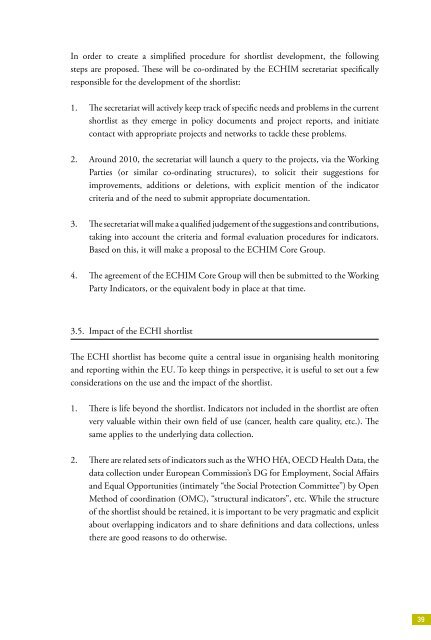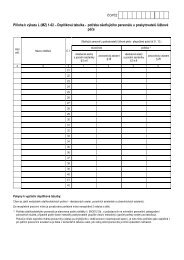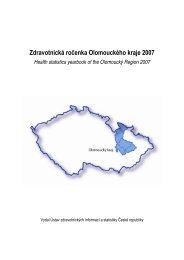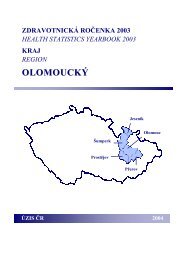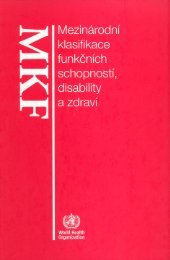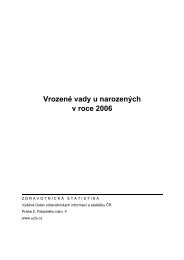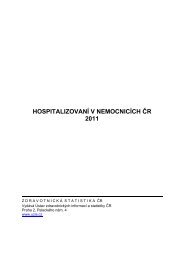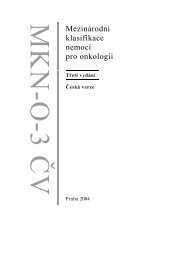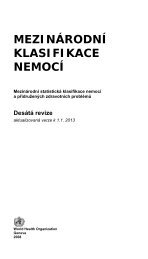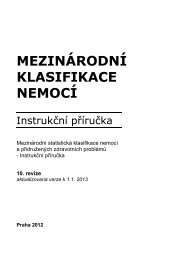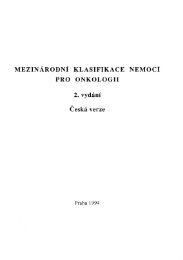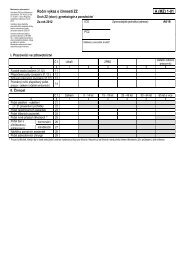ECHIM Final Report
ECHIM Final Report
ECHIM Final Report
You also want an ePaper? Increase the reach of your titles
YUMPU automatically turns print PDFs into web optimized ePapers that Google loves.
In order to create a simplified procedure for shortlist development, the following<br />
steps are proposed. These will be co-ordinated by the <strong>ECHIM</strong> secretariat specifically<br />
responsible for the development of the shortlist:<br />
1. The secretariat will actively keep track of specific needs and problems in the current<br />
shortlist as they emerge in policy documents and project reports, and initiate<br />
contact with appropriate projects and networks to tackle these problems.<br />
2. Around 2010, the secretariat will launch a query to the projects, via the Working<br />
Parties (or similar co-ordinating structures), to solicit their suggestions for<br />
improvements, additions or deletions, with explicit mention of the indicator<br />
criteria and of the need to submit appropriate documentation.<br />
3. The secretariat will make a qualified judgement of the suggestions and contributions,<br />
taking into account the criteria and formal evaluation procedures for indicators.<br />
Based on this, it will make a proposal to the <strong>ECHIM</strong> Core Group.<br />
4. The agreement of the <strong>ECHIM</strong> Core Group will then be submitted to the Working<br />
Party Indicators, or the equivalent body in place at that time.<br />
3.5. Impact of the ECHI shortlist<br />
The ECHI shortlist has become quite a central issue in organising health monitoring<br />
and reporting within the EU. To keep things in perspective, it is useful to set out a few<br />
considerations on the use and the impact of the shortlist.<br />
1. There is life beyond the shortlist. Indicators not included in the shortlist are often<br />
very valuable within their own field of use (cancer, health care quality, etc.). The<br />
same applies to the underlying data collection.<br />
2. There are related sets of indicators such as the WHO HfA, OECD Health Data, the<br />
data collection under European Commission’s DG for Employment, Social Affairs<br />
and Equal Opportunities (intimately “the Social Protection Committee”) by Open<br />
Method of coordination (OMC), “structural indicators”, etc. While the structure<br />
of the shortlist should be retained, it is important to be very pragmatic and explicit<br />
about overlapping indicators and to share definitions and data collections, unless<br />
there are good reasons to do otherwise.<br />
39


